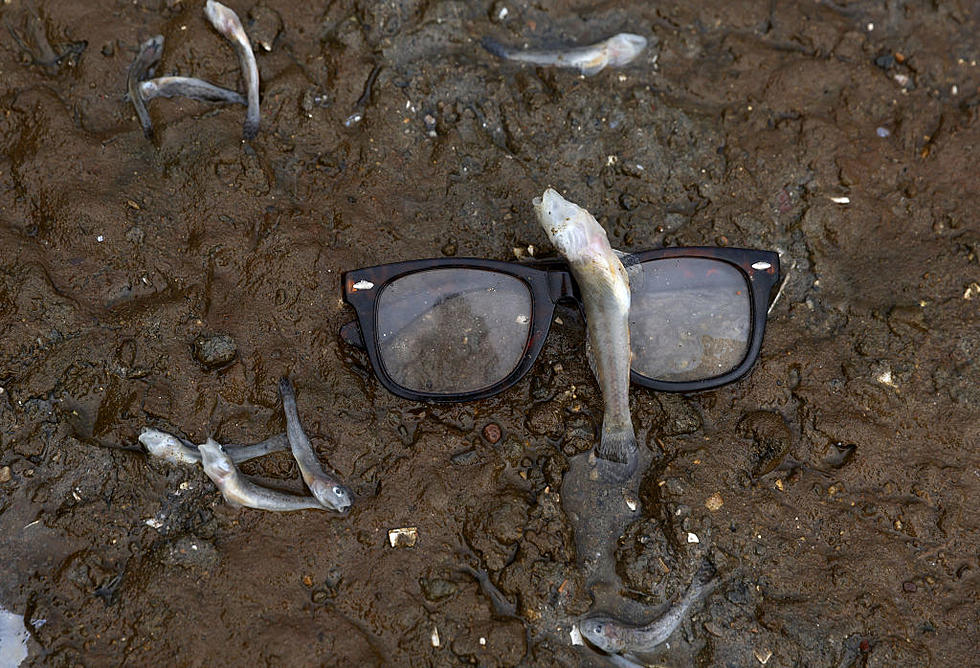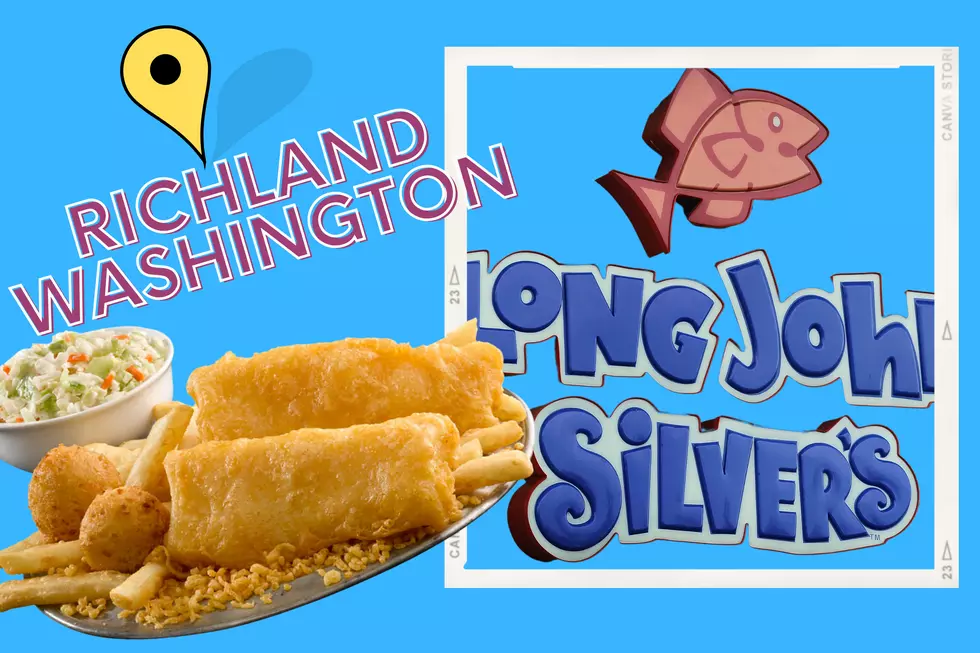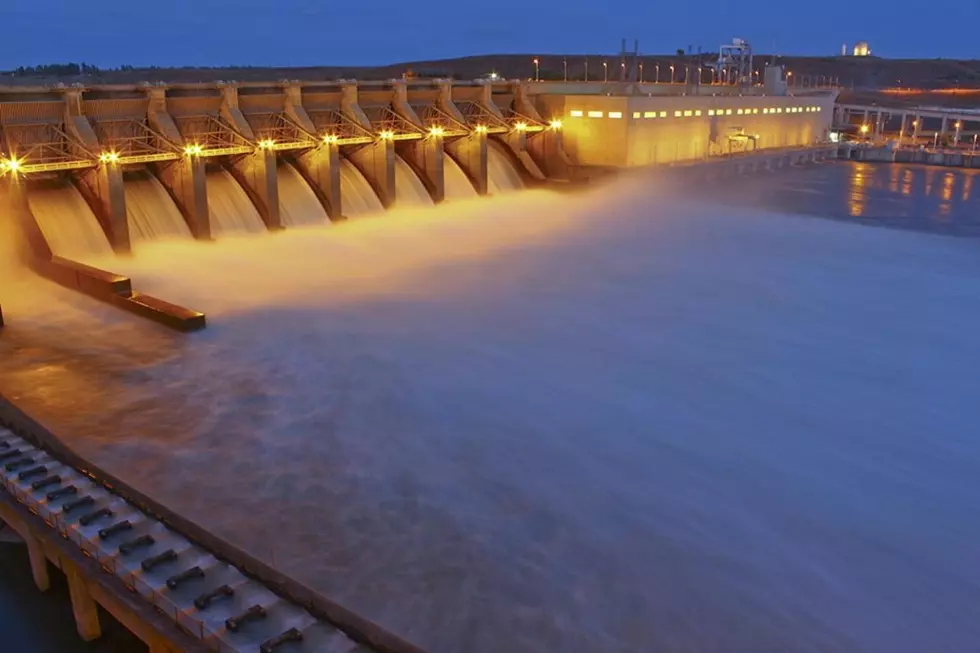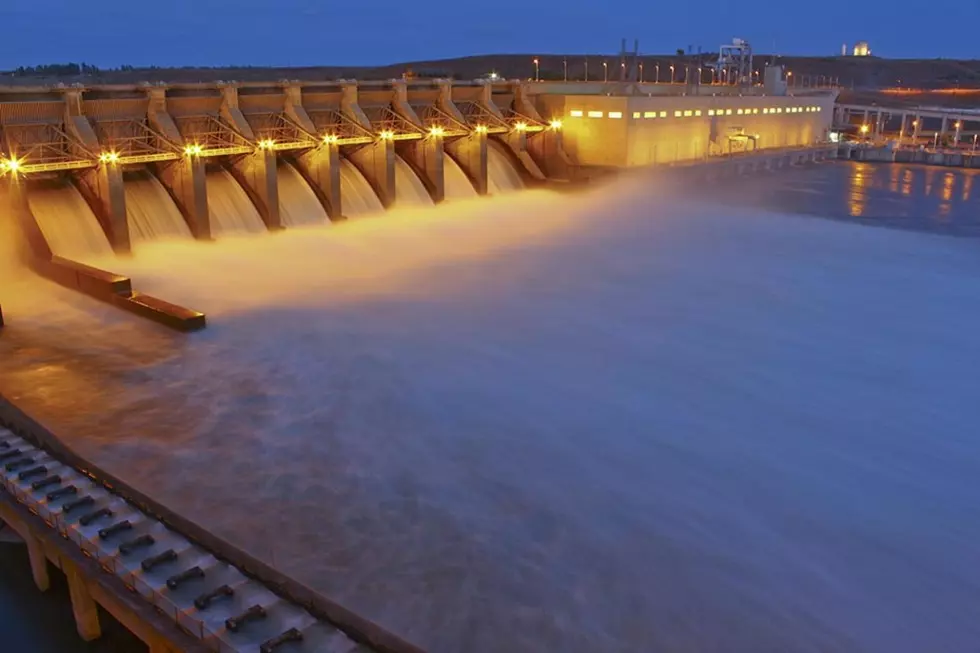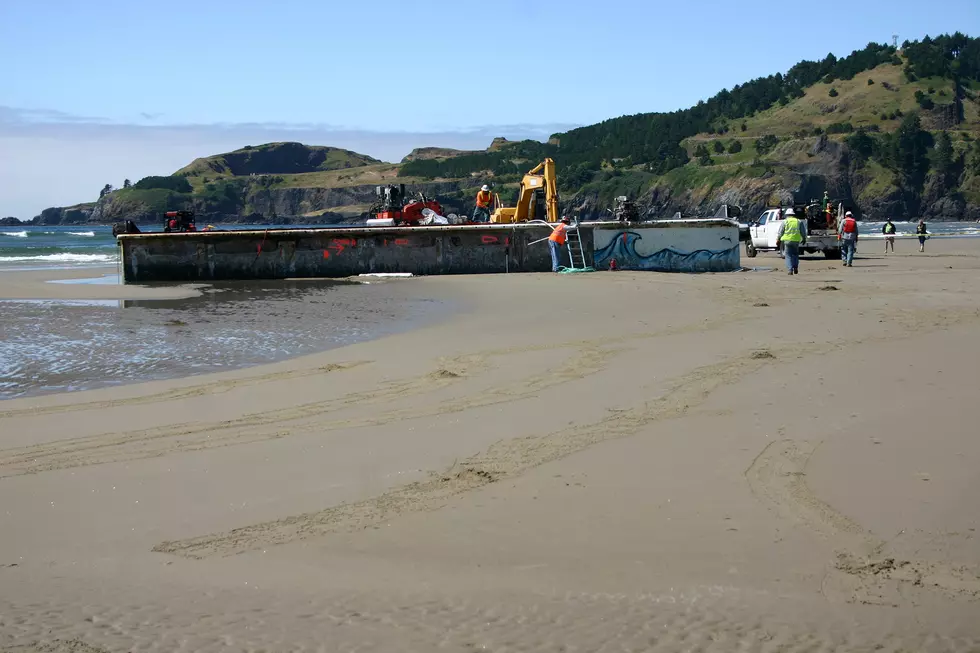
Five Years After Japanese Tsunami, Hundreds of ‘Alien’ Creatures On Our NW Shores
You remember the massive Japanese tsunami in 2011 that not only wreaked devastation on the Fukishima nuclear plant, but also created a tidal wave that killed or injured many people. It also sent a huge ripple of water towards the East, the U.S. Pacific coast.
We remember all the pictures and stories of debris that began washing up on the Washington and Oregon coasts months after the wave. Even an abandoned fishing boat that broke loose from it's moorings had to be sunk by the Coast Guard off our coast, as it presented a huge floating hazard to nighttime shipping. A huge floating dock also washed up in Oregon, and had to be removed due to being covered with foreign plant and wildlife.
But now, scientists and experts say 5-plus years later, they've identified at least 300 types of fish, insects, plants, mullusks and other creatures who've taken up home in our waters and on our shores. They were uninvited guests.
While some are not dangerous, others are identified as being threats to our eco-system. Some of the plant and even animal life has been known to take over an area, and kill off native plants, fish and more.
According to the website iflsicence.com, officials have been working on, and have already enacted, eradication programs to rid us of many of the visitors. These hazardous species are called "bioinvaders," and are known to damage an eco system.
But there's a lot of progress being made. Using technologies and practices take from the shipping industry, many areas have been able to rid themselves of these critters.
But experts say some areas will be changed forever, and it will be years before we fully know to what extent these water-borne visitors will change our plant and wildlife.
More From 870 AM KFLD




